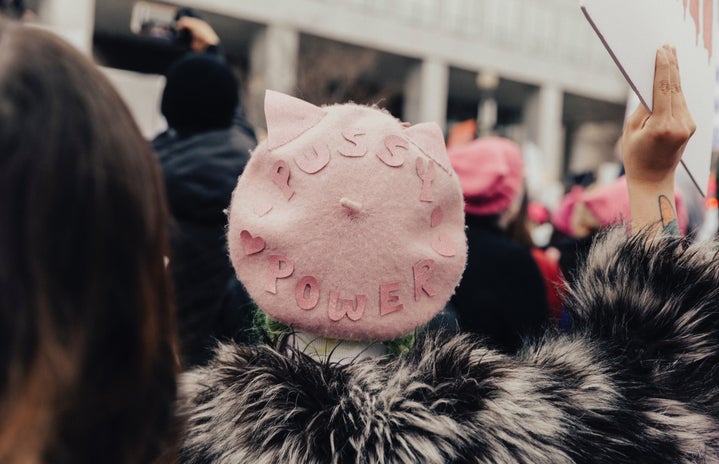Expected to last 90 days and travel distances of only one mile, the Mars Opportunity Rover surpasssed all of it’s parameters and overcame its limitations to instead remain on the red planet for almost 15 years, reaching distances up to 28 miles. On June 10, 2018 it transmitted one last message and image, finding its final resting place on the western rim of Endeavour Crater in an area on the planet called Perseverance Valley.
The Opportunity Rover—lovingly nicknamed Oppy by the scientists at the Jet Propulsion Laboratory in Pasadena, Calif.—landed on Mars January 24, 2004. It’s purpose? To confirm whether or not the desolate planet had once held water on its surface—a question that was answered immediately upon Oppy’s descent. This confirmed that Mars had indeed been a once habitable enough place for life forms to thrive.
Oppy’s mission also accomplished great feats in scientific discovery and exploration. By transmitting 217,000 photos to NASA, scientists were able to analyze the conditions of the planet and map out the route for other upcoming Mars explorations. Also, through configurations from scientists at the NASA Jet Propulsion Laboratory (JPL), Oppy was even able to send back a selfie.
NASA/JPL-Caltech/Cornell Univ./Arizona State Univ.
Sadly, following an intense dust storm that possibly malfunctioned Oppy’s solar power panels, the rover’s journey on Mars came to an end. According to NPR, NASA sent nearly one thousand commands to contact Oppy, including beaming it music to try to wake it up from it’s last known position in the western rim of Endeavour Crater. Oppy failed to relay any indication that it was still working.
“It was an incredibly somber moment,” said Tanya Harrison, a member of the mission’s science team who was present at the JPL during the final attempt to reach the rover. “Just waiting for the inevitable, basically.”
The last message from the rover was received June 10, 2018 and after almost 15 years of exploration, it officially ended its adventure on the Red Planet February 13th, 2019 following an official statement from the NASA JPL.
Oppy did communicate back to NASA one final image and message during a major dust storm: “My battery is low and it’s getting dark.”
NASA/JPL-Caltech/Cornell Univ./Arizona State Univ.



